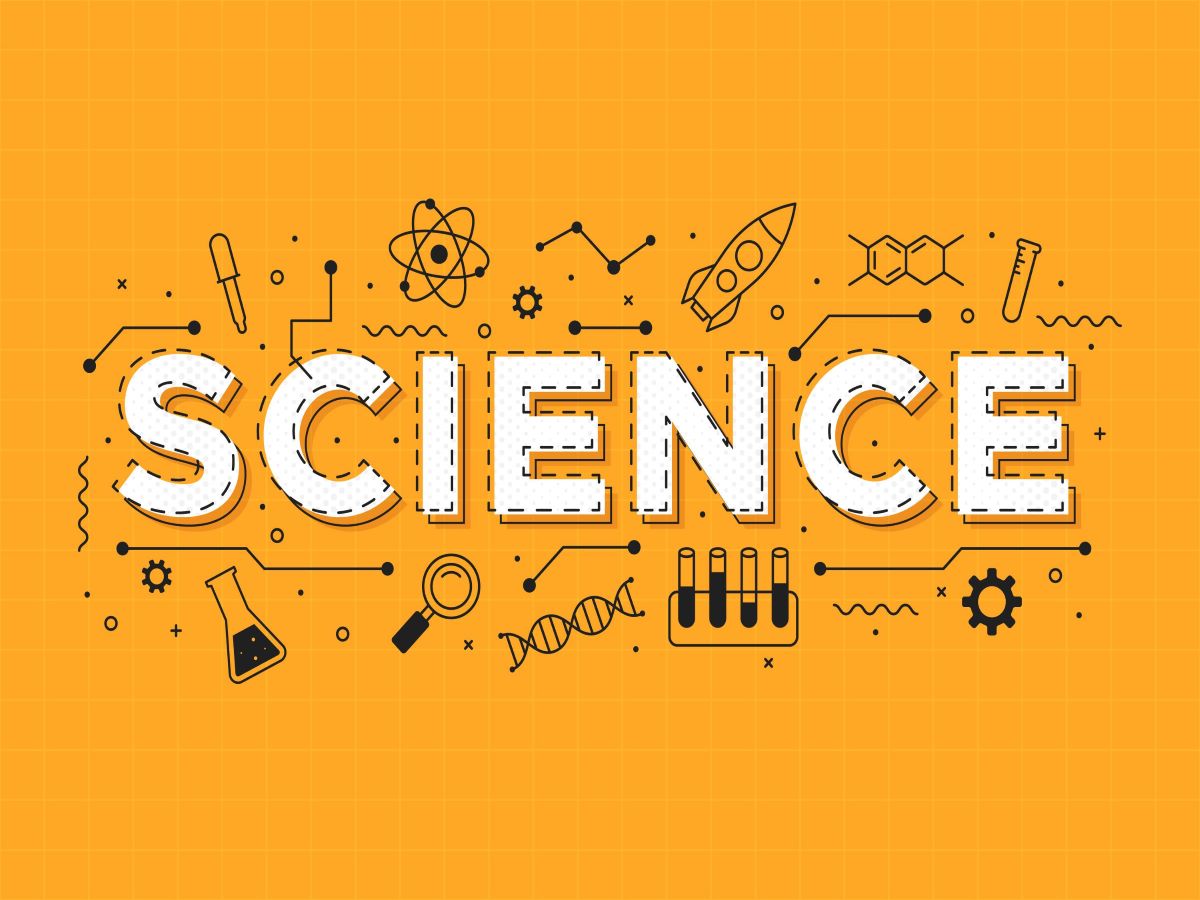It could be interesting to learn, and fun to know some of the Facts of Science. These facts, if nothing else, can be good to know for some abstract scientific discussions of self and the world around us. I lay below around 20 interesting facts that are normally missed by normal earthly mortals.
1. An ice cube takes up about 9 percent more volume than the water used to make it.
2. A lightning strike can reach a temperature of 30,000 C. or 54,000 F.
3. The moon is very hot (224 degrees Fahrenheit, average) during the day but very cold (-243 degrees average) at night.
4. The human brain takes in 11 million individual pieces of information per second, but is only cognizant of roughly around 40.
5. An average sized cumulus cloud weighs roughly around a million pounds or the same as world's largest passenger jet or the same as 80 elephants.
6. Plants don't have any memory, but they have the ability to recognize their close relatives and upon doing so, they will work alongside each other to grow stronger.
7. On Venus, it snows metal. Two types have been discovered so far: galena and bismuthinite.
8. The earth spins at roughly 100 miles per hour and travels through space at around 67,000 mph.
9. If you drove your car @ 60 miles per hour straight up, it would take you just under six months to reach the moon.
10. Ignoring the heat of its core, if you drilled a hole directly through the earth and jumped in, it would take exactly 42 minutes and 12 seconds to reach the other side.
11. The deepest part of the ocean, the Marina Trench, is 36,200 feet down, or, the length of 25 Empire State Buildings stalked on top of one another.
12. Seahorses don't have stomachs. Their intestines, which break down and absorb the nutrients from their food, serve its functions for them.
13. A handshake transfers more germs than a kiss.
14. The scientific name for brain breeze is "Sphenopalatine ganglioneuralgia".
15. Great white sharks are capable of living up to 50 years old.
16. Because of the protein required to make an egg shell, scientists have concluded that the chicken, not the egg came first.
17. Humans can only see about 5 percent of the matter in the universe. The rest is made up of invisible matter (called dark matter) and a mysterious form of energy known as dark energy.
18. Six elements account for 99 percent of the mass of the human body: oxygen, carbon, hydrogen, nitrogen, calcium, and phosphorus. The human body contains enough carbon for 9,000 pencils.
19. It takes a photon up to 40,000 years to travel from the core of the sun to its surface, but only 8 minutes to travel the rest of the way to Earth.
20. Ants are capable of carrying objects 50 times their own body weight. Relative to their size, ant muscles are thicker than those of larger animals or even humans. This ratio enables them to produce more force and carry larger objects.
Reference / Source:
www.liveabout.com
www.sciencealert.com
www. rd.com
www.zmescience.com

